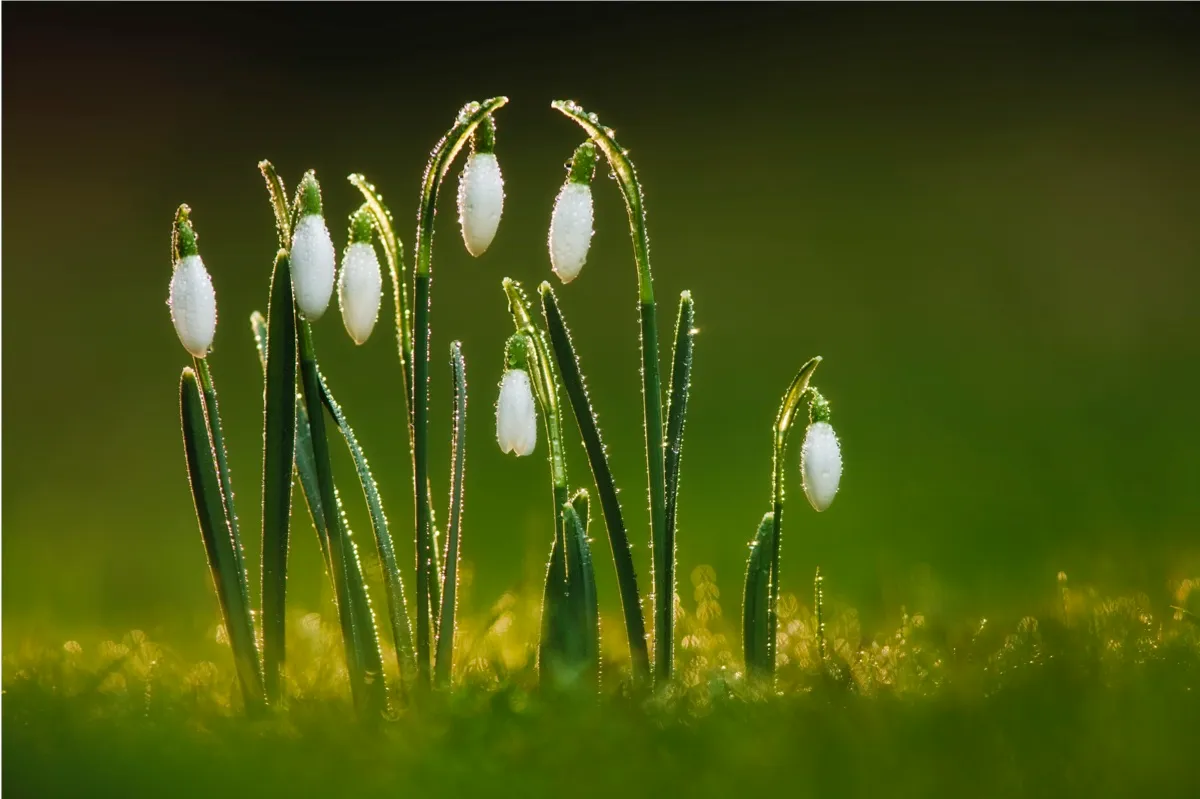Is there a more refreshing sight in winter than seeing a little snowdrop flower poking its head up through the leaves? Snowdrops are a symbol of life returning after the darkness of winter, and a reminder that spring will soon be here.
The snowdrop may appear delicate but it is a hardy little plant, surviving snowfall and cold temperatures. Its Latin classification, Galanthus nivalis, literally means ‘milk flower of the snow’.
When little else is growing in the British countryside, snowdrops can brighten the otherwise barren landscape – and finding a clutch of little white blooms elevates any weekend walk.
When do snowdrops bloom?
Snowdrops flower between January and March, often appearing en masse and creating a characteristic ‘white blanket’ coverage. They thrive in lightly shaded woodland areas and can be found all around the UK.
In the 1950s, snowdrops would not typically flower until late February, but during the past few decades the teardrops of white have appeared ever earlier. In particularly mild winters, snowdrops may not even wait for the New Year to begin.
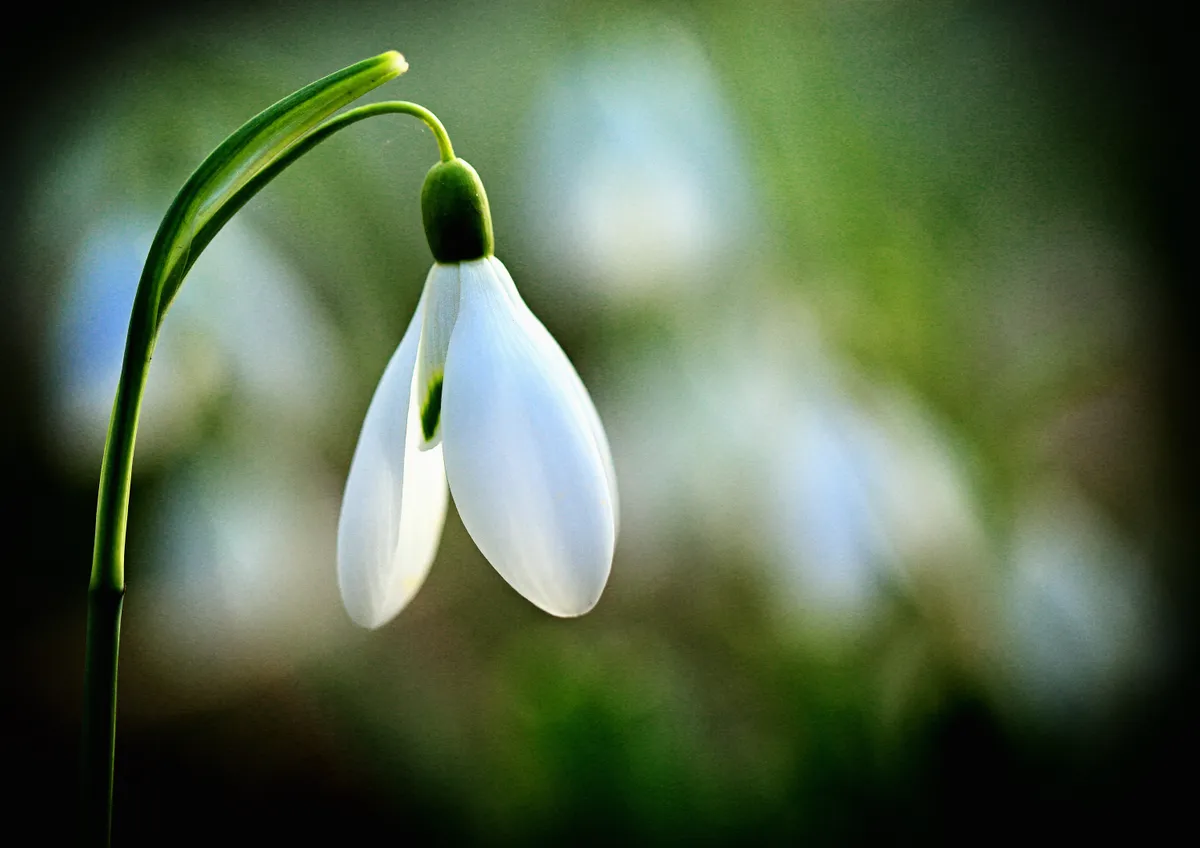
Where are snowdrops found?
The snowdrop is a native plant across Central and Southern Europe. In his book Types of Floral Mechanism (1908), Arthur Church suggests the snowdrop may have been brought to our shores by the Romans, but notes that the first reference to the plant in cultivation was made by John Gerard in 1597. They are now well established in the wild in the UK, often clustering around homes and gardens. Sometimes drifts occur in wild places where old dwellings have long since crumbled. Other apparently wild colonies may have spread from bulbs planted decades or even centuries ago.
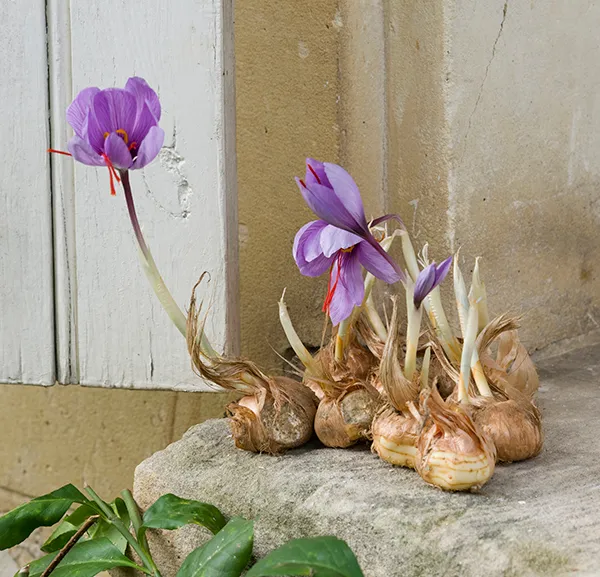
How to identify snowdrops
The white flowers hang from a single stem with three inner petals (called tepals) curved into a tight pointed oval and three external petals loosely opening outwards. These flower heads can be ‘single’ – one layer of petals – or ‘double’ – multiple layers of petals. The grassy foliage is a vibrant green.
When formed, the flower hangs from the stem like a lantern on a ship’s bow, with the three outer tepals curved into a tight pointed oval that may appear solid. However, in the case of the common snowdrop and other single forms of the flower, there is plenty of room for an insect to squeeze its way in and find pollen at a time when other food is scarce. The bracts later open, releasing the flower to droop downwards, with three outer tepals opening outwards and three inner tepals (white and light-green at the tip) remaining close together.

Snowdrops are often confused with snowflakes (Leucojum species), which also bear small white bell-shaped flowers, and flower a little later in spring. Snowflakes have much taller, more erect stems that (unlike snowdrops) each tend to bear more than one flower.
What varieties of snowdrops are found in the UK?
Natural variations occur in snowdrops: for example, double flowers and green-tinged or differently shaped petals. There are more than 2,500 recognised varieties or 'cultivars'.
‘Lady Beatrix Stanley’
One of the most widely grown snowdrops, this variety forms large clumps with stems up to 15cm/6in tall. The dainty double flowers bloom in February and early March and are faintly edged with green.
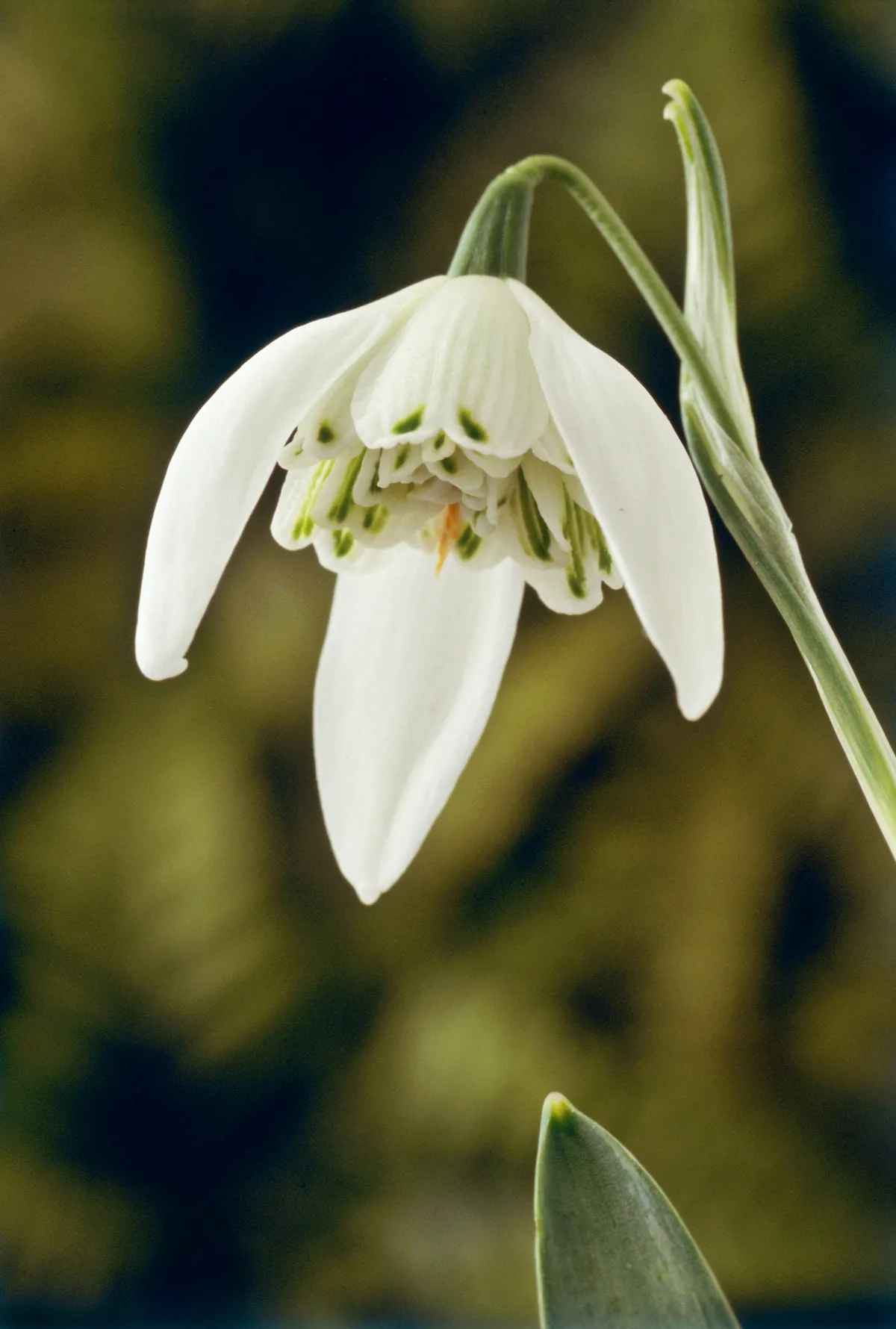
‘Magnet’
Single flowers bob and weave in the wind on stems which can grow up to 25cm/10in tall. It is a later flowering variety, blooming in late February and March and produces good-sized, neat flowers.
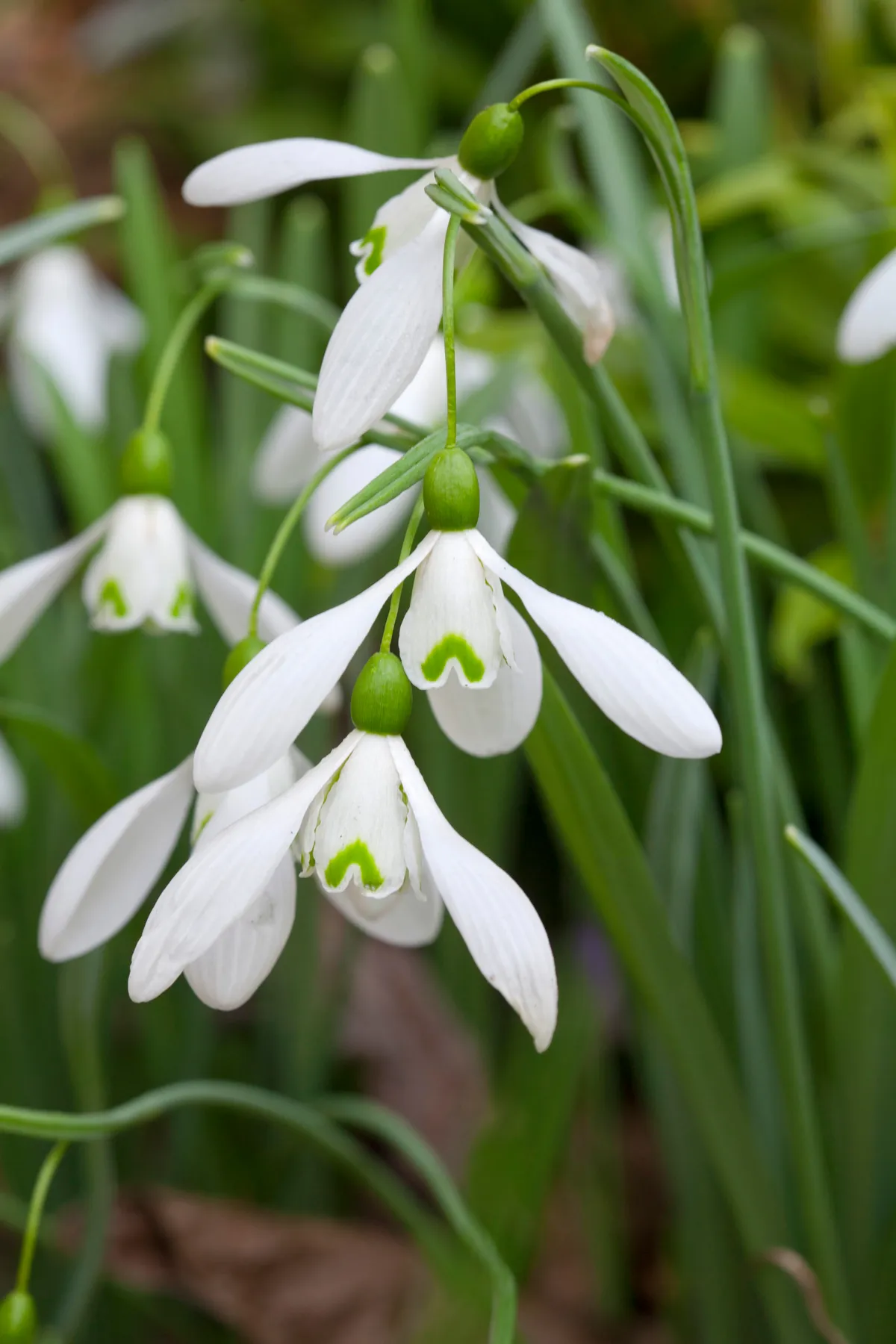
‘Flore Pleno’
This variety produces large double flowers with layers of petals like a ballerina’s tutu. It has a honeyed scent and flowers in January and February.
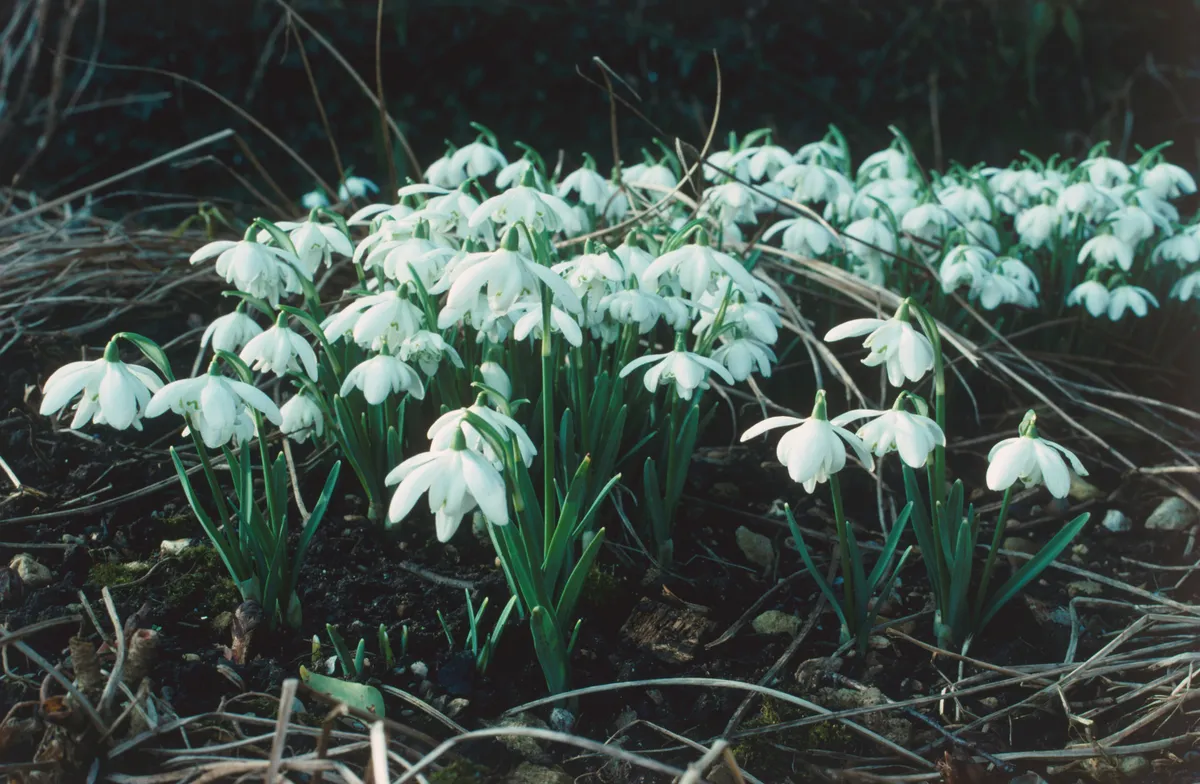
How much do snowdrop bulbs cost?
The bulbs of the common snowdrop (Galanthus nivalis) may only cost 50p each, or less. Rarer forms are a different matter. Gardeners often cherish these unusual varieties, and breeders have long recognised their commercial value. Once a new variety has been identified, propagating new plants can be a slow process – and high demand combined with limited supply can make can new snowdrop varieties very valuable. One bulb - Galanthus plicatus 'Golden Tears' – recently sold for £1,850.
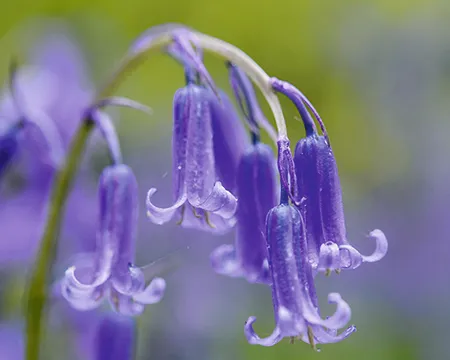
Are snowdrops poisonous?
Snowdrop bulbs themselves are toxic, a fact which perhaps lead to the superstition that a single snowdrop bloom in a house represents death. Snowdrop bulbs contain two alkaloids, lycorine and galantamine, which can lead to diarrhoea and vomiting. This is a good defence against hungry deer grazing on the flowers or squirrels digging up the bulbs, but a nasty surprise for anyone confusing snowdrop bulbs for shallots.
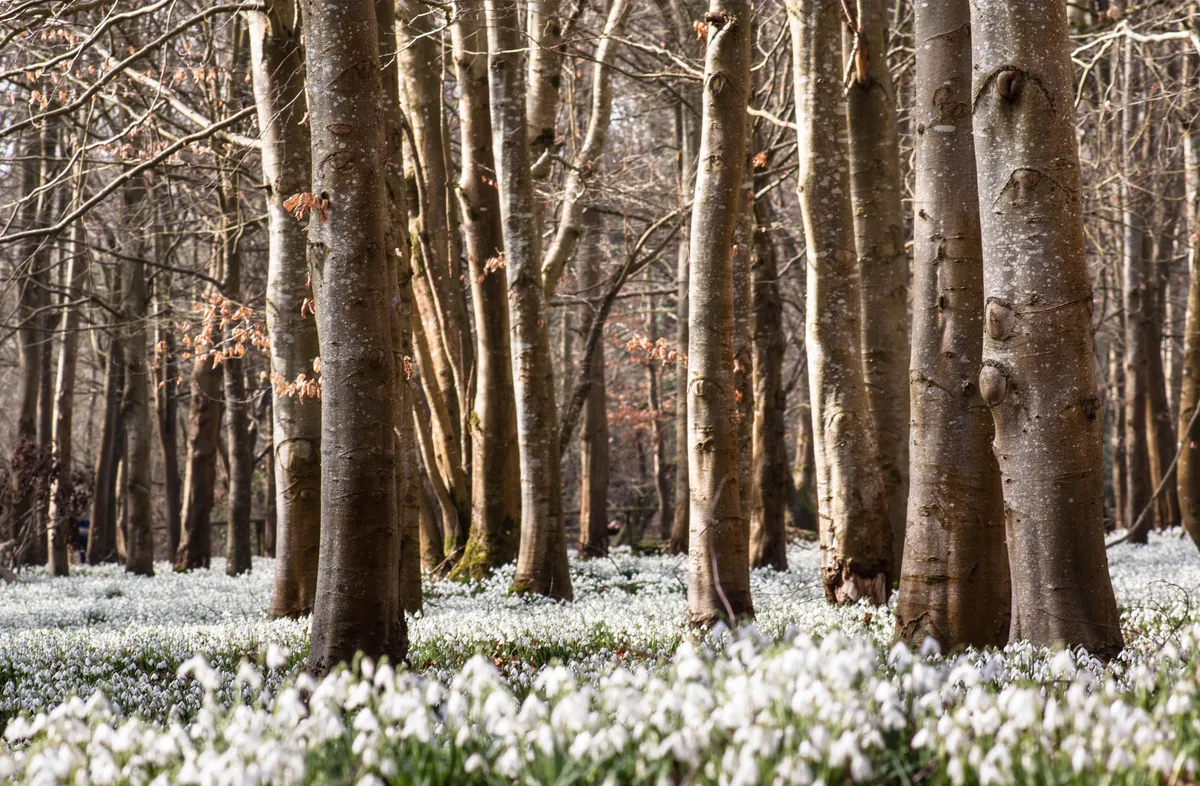
Snowdrops as medicine
Snowdrops and other plants from the Amaryllidaceae family, such as daffodils, have a naturally occurring substance in them called galantamine. This is sold under the trade name Reminyl as a medication to help treat the symptoms of Alzheimer’s disease.
Galantamine was first used in eastern Europe in the 1950s to treat memory problems but it wasn’t until 2010 that it became widely used in the UK when the National Institute for Clinical Excellence (NICE) authorised its use.
Snowdrops as a symbol of hope – and death
In British folklore; snowdrops have come to symbolise hope and purity. Unsurprisingly given its status as one of the first signs of new spring life, the snowdrop has come to symbolise hope and consolation as well as purity. White is classically a colour associated with these traits. However... a superstition has developed around snowdrops. Although very pretty, a single flower indicates impending death and it should never be brought into the house. This is possibly as a result of the poisonous qualities it possesses.
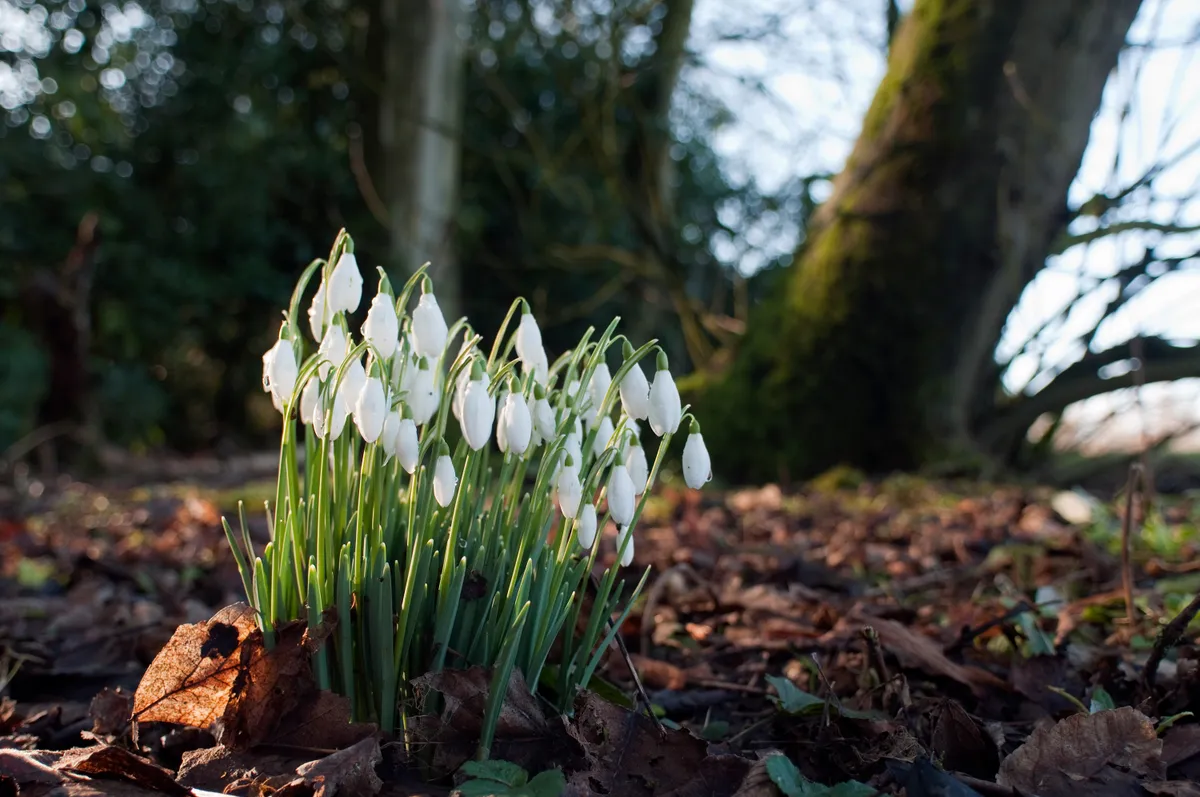
Are snowdrops protected?
Snowdrops, like many plant and animal species, are under threat in certain areas. They are protected under CITES (Convention on International Trade in Endangered Species of Wild Fauna and Flora) rulings, aka the Washington Convention. The trading of snowdrop bulbs is tightly regulated. In most countries it is illegal to collect bulbs from the wild, the exceptions being Turkey and Georgia.
Not great pollinators
In the right setting, snowdrops will multiply. As the flowers tend to grow at a time of year when there are few pollinating insects around, the plant has had to develop a different approach to furthering its species. Bulbs will split when dormant. Later, new flowers sprout from both parts of the split bulb.
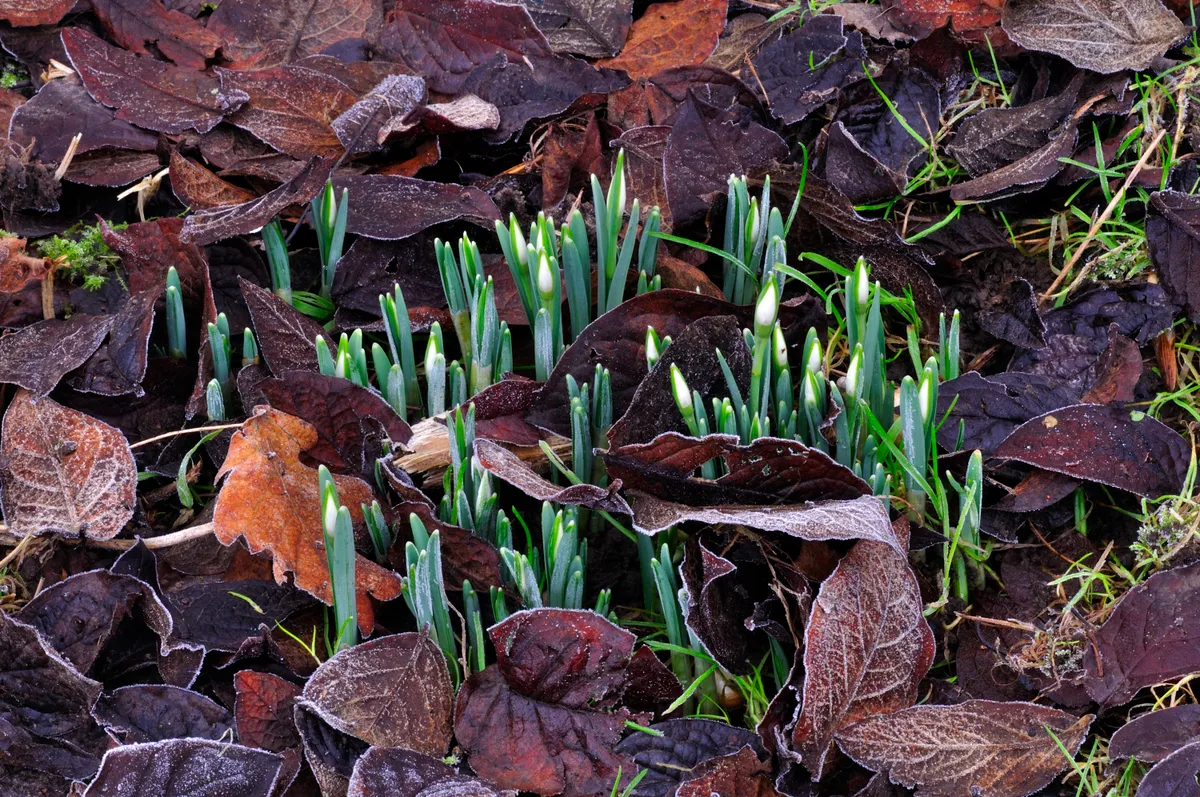
Snowdrops are a natural thermometer
Since the 1950s Kew Gardens have been monitoring the growth of snowdrops. In the mid-part of the 20th century they would generally appear in February, but since the 1990s they have been arriving increasingly early. These days they are often found in early January, an indication of the UK’s changing climate.
Best snowdrop walks in the UK
Snowdrop Valley, Exmoor, Somerset
Take a stroll in this picture-perfect valley carpeted in snowdrops. No cars allowed – you need to get a bus from the pub car park. visit-exmoor.co.uk
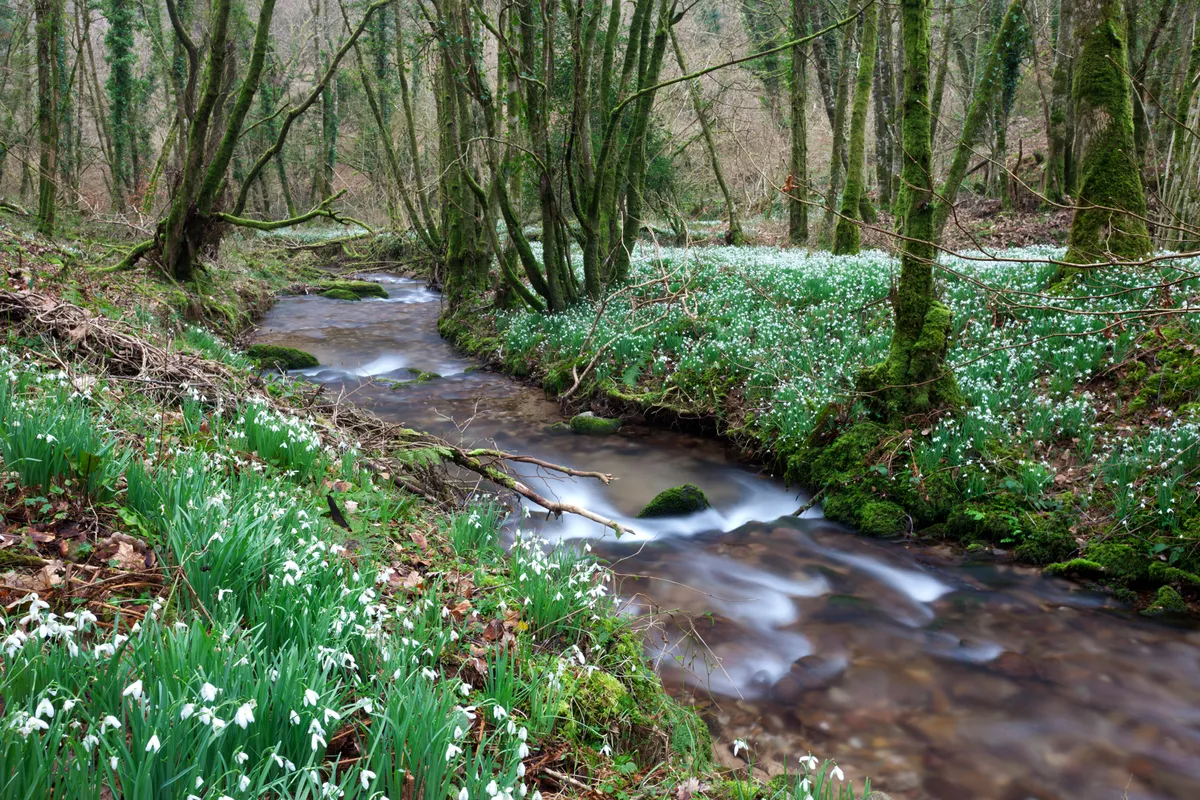
Easton Walled Gardens, Lincolnshire
A fascinating new garden among the bones of an old garden whose house was demolished in the 1950s. visiteaston.co.uk
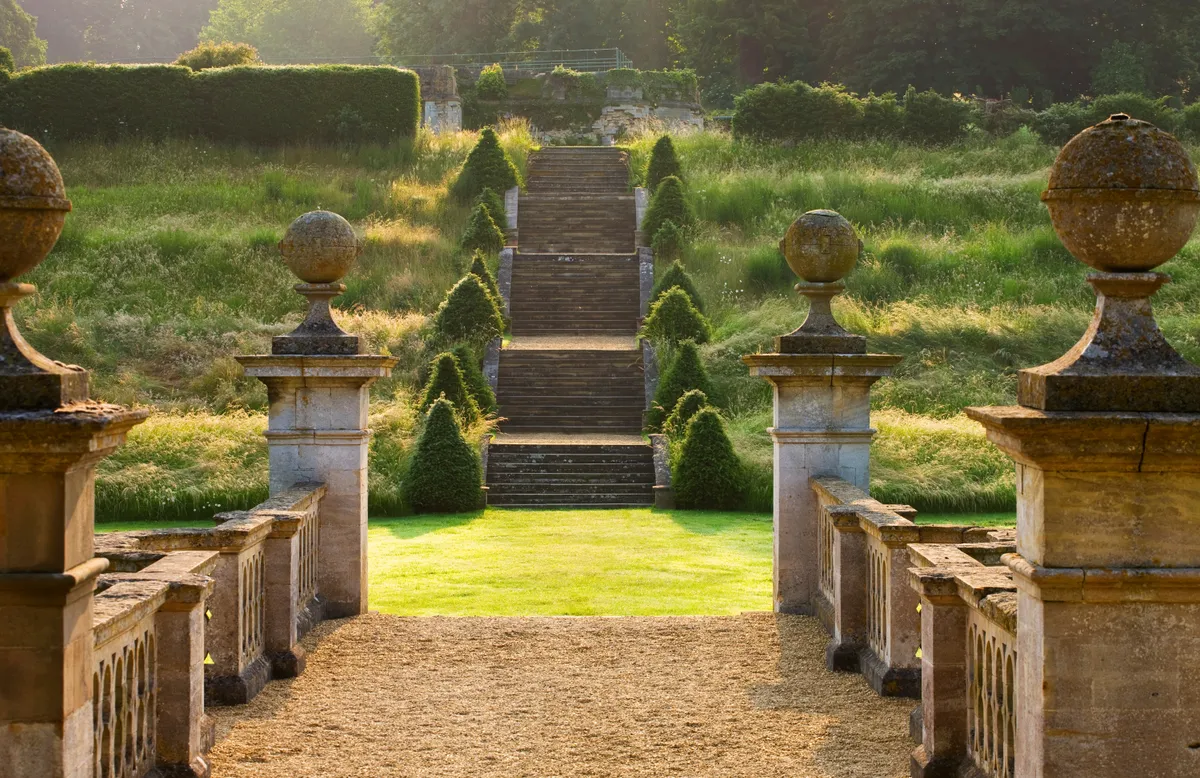
Anglesey Abbey Gardens, Cambridgeshire
A long walk studded with stems of every colour, gloriously barked trees and, of course, lots of snowdrops. Gardens and abbey open daily. nationaltrust.org.uk/anglesey-abbey-gardens-and-lode-mill
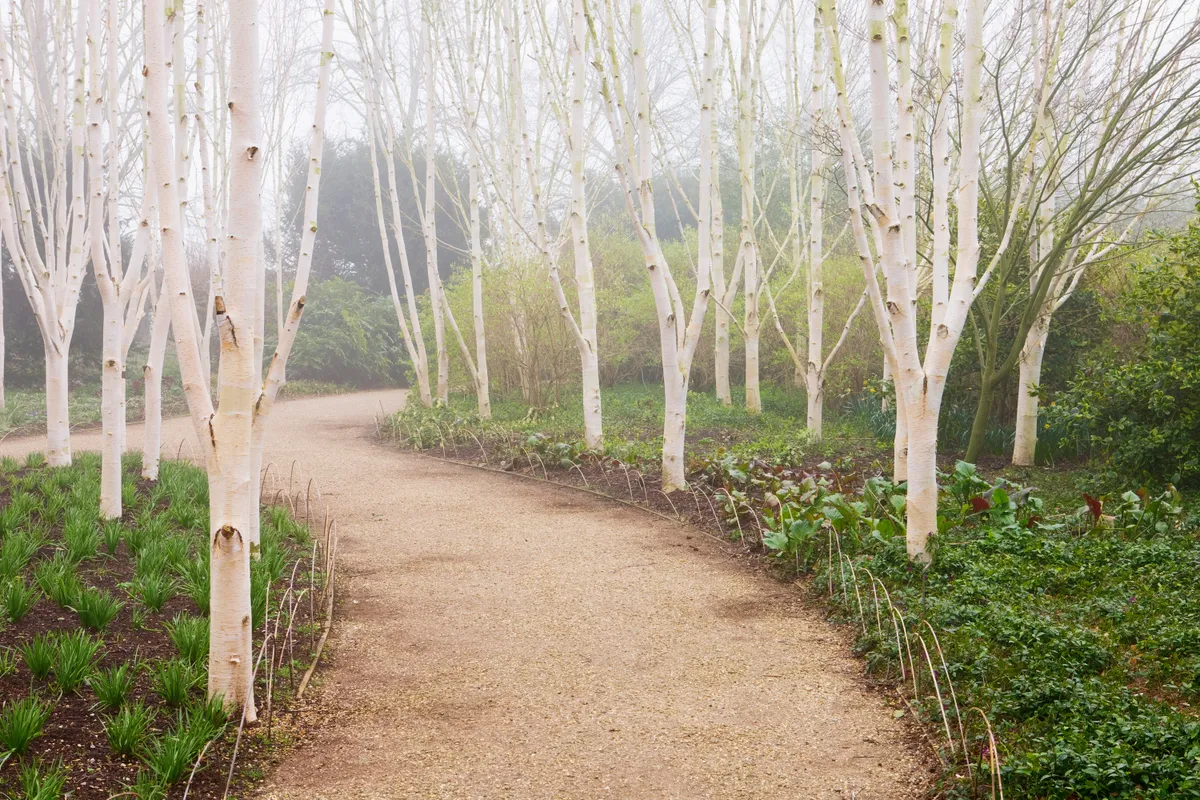
Cambo Estate, Fife
Cambo holds the National Collection of Galanthus – you can see 350 different kinds.
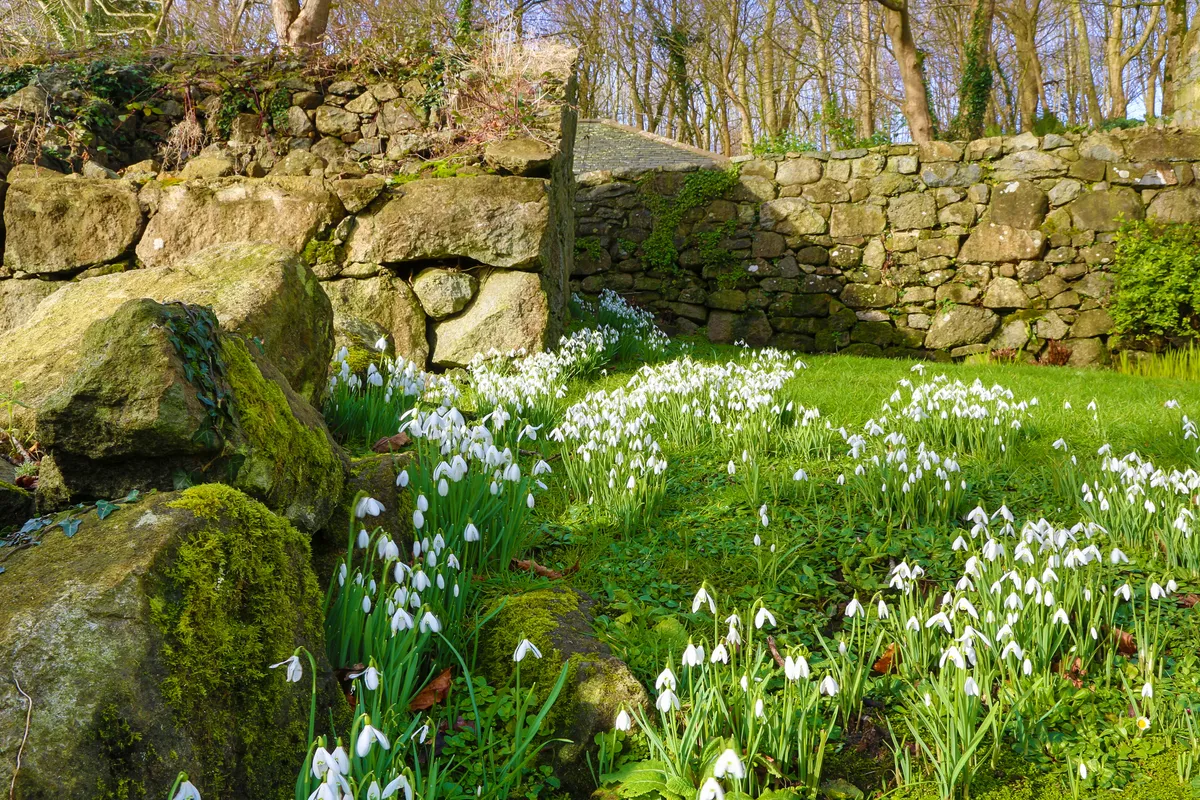
Burton Agnes Hall, East Yorkshire
Another lovely woodland setting for a great sweep of snowdrops set in the grounds of this fine Elizabethan house. Gardens open daily. burtonagnes.com
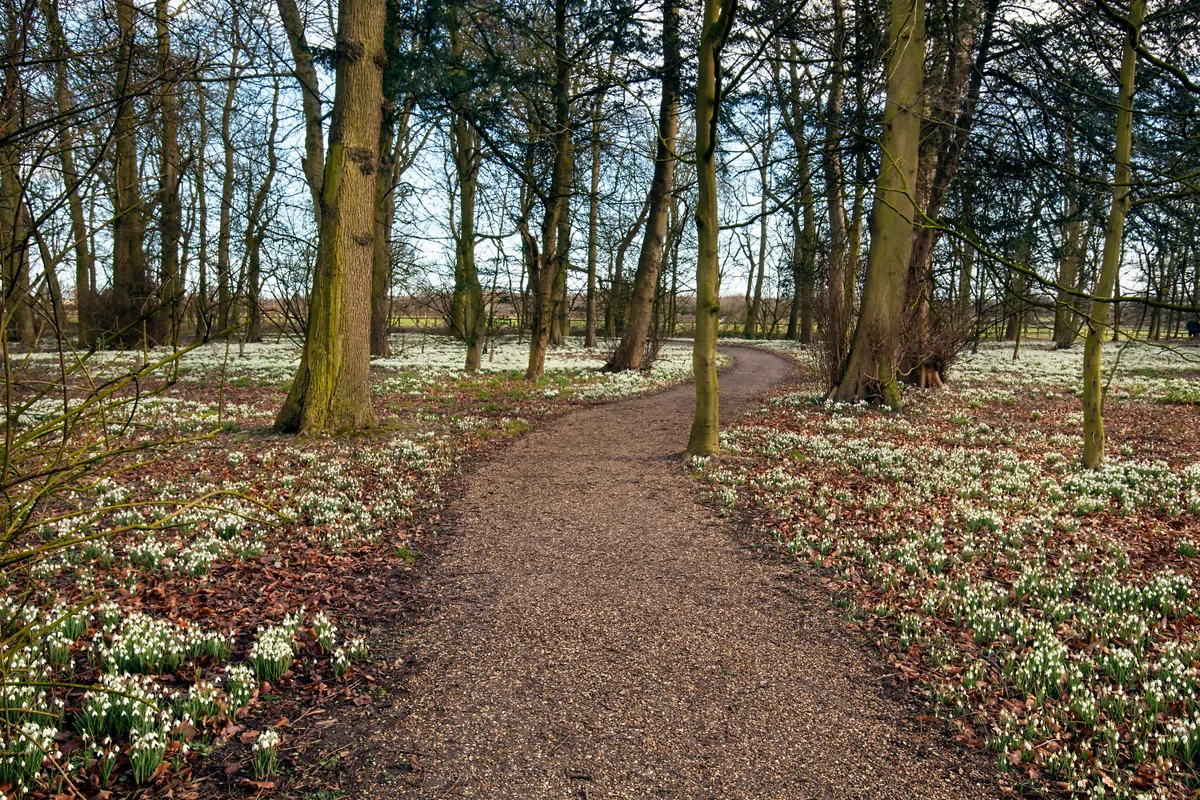
Hopton Hall, Derbyshire
A relatively recent snowdrop garden, which emerged from the overgrowth in the last decade or so – after a lot of chopping and clearing. hoptonhall.co.uk/snowdrop-walk
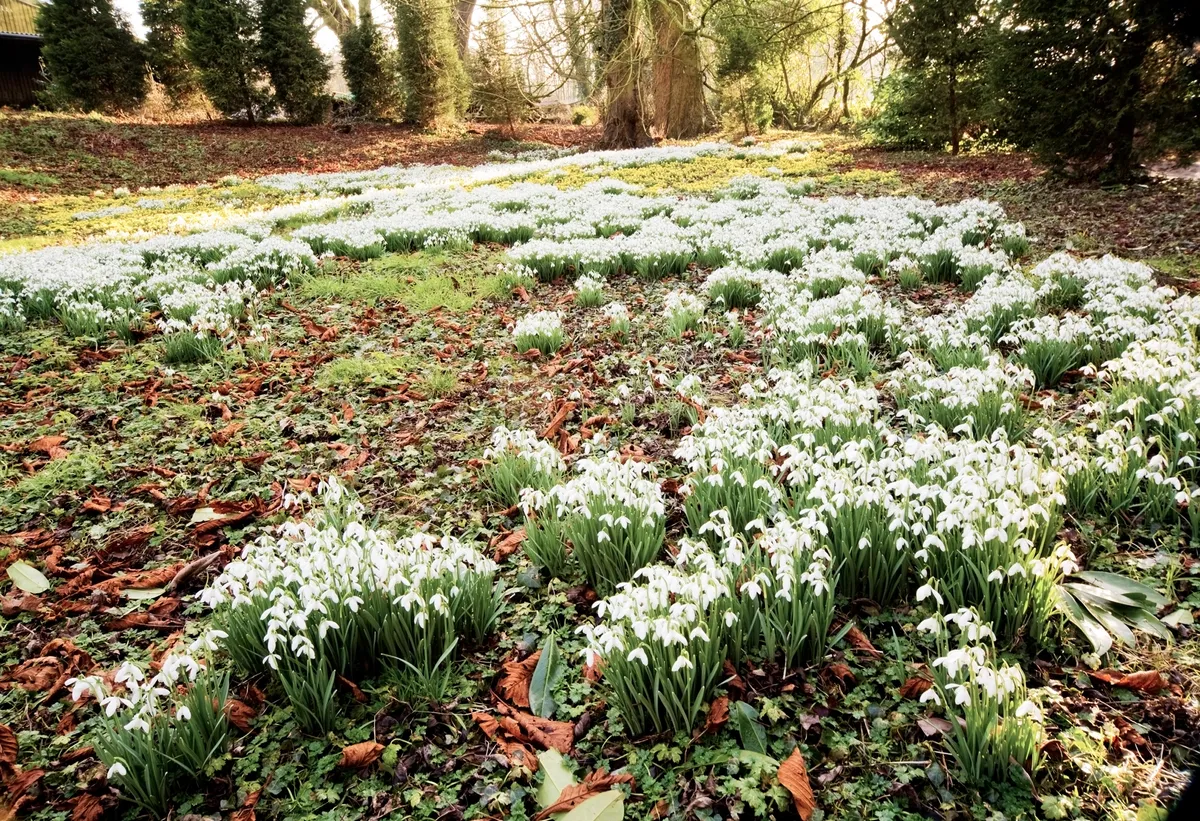
Hodsock Priory, Nottinghamshire
In snowdrop season there will be talks every day about Hodsock’s rich and varied history. hodsockpriory.com
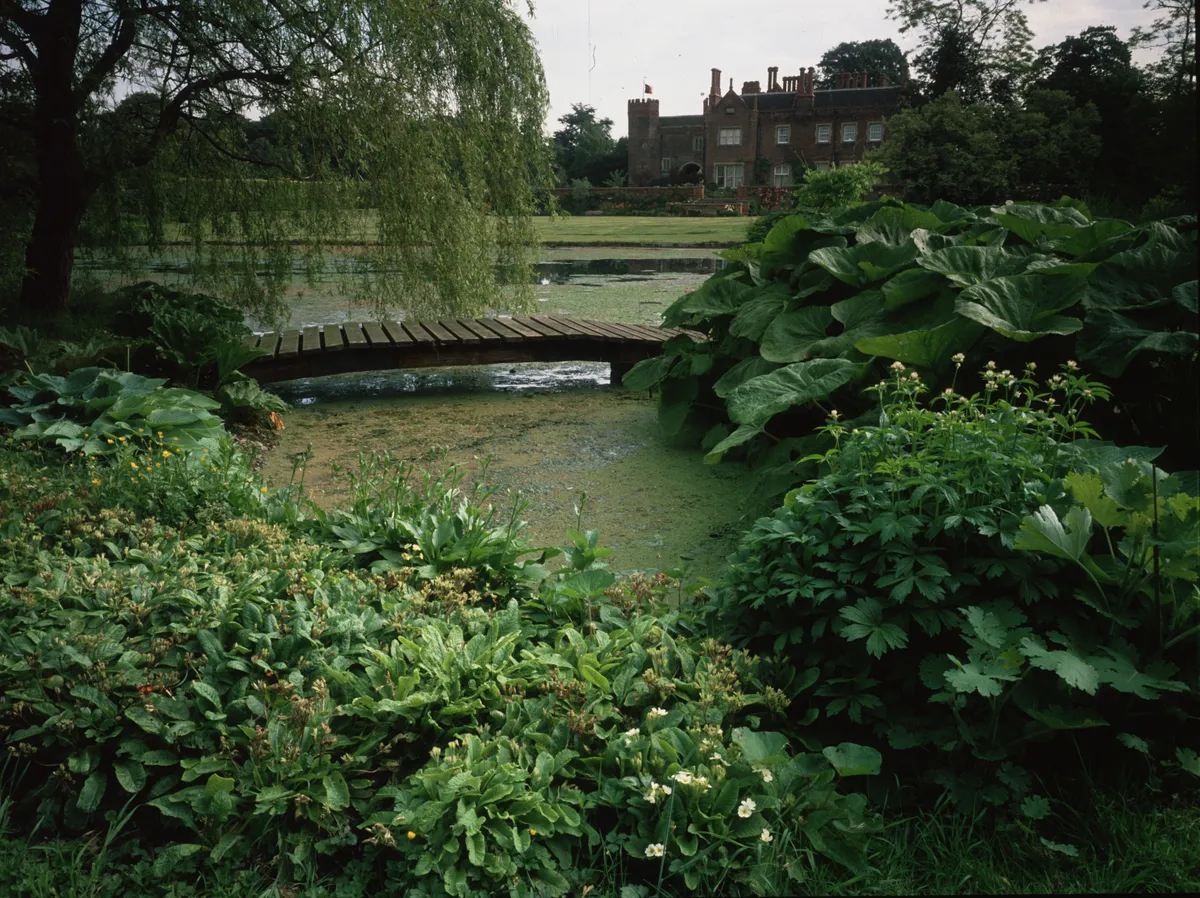
More related content:
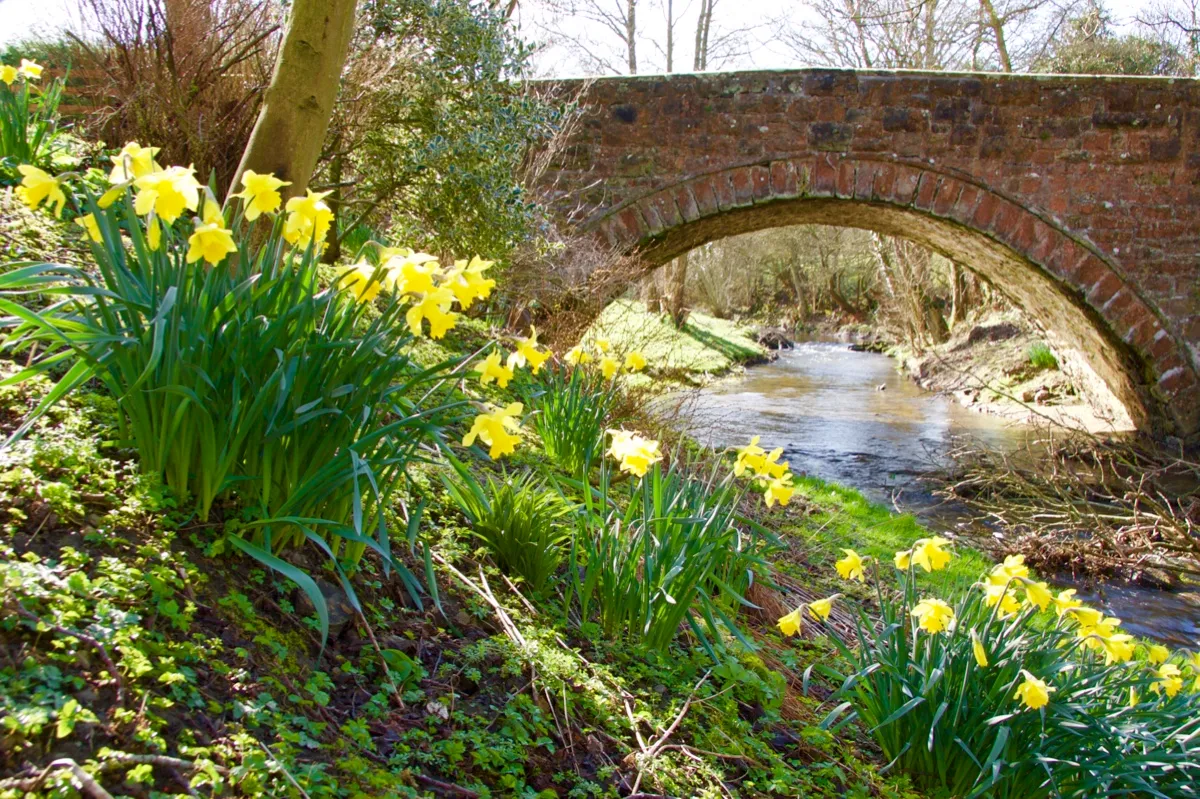
Walsingham Abbey, Norfolk
What this collection lacks in exotic varieties it makes up for in romantic abundance. walsinghamabbey.com
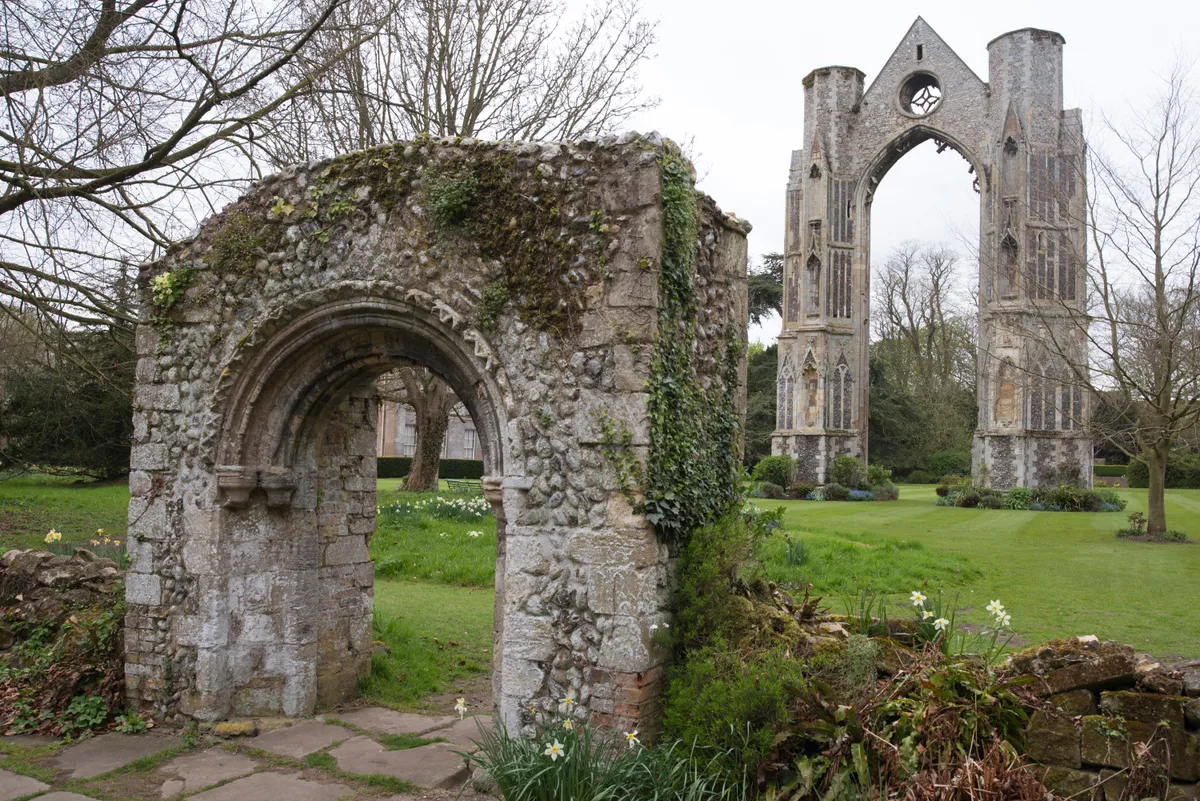
Chirk Castle, Wrexham
This great castle was built during the reign of Edward I. Here, snowdrops flow out from the formal borders into the surrounding woodlands. nationaltrust.org.uk/chirk-castle
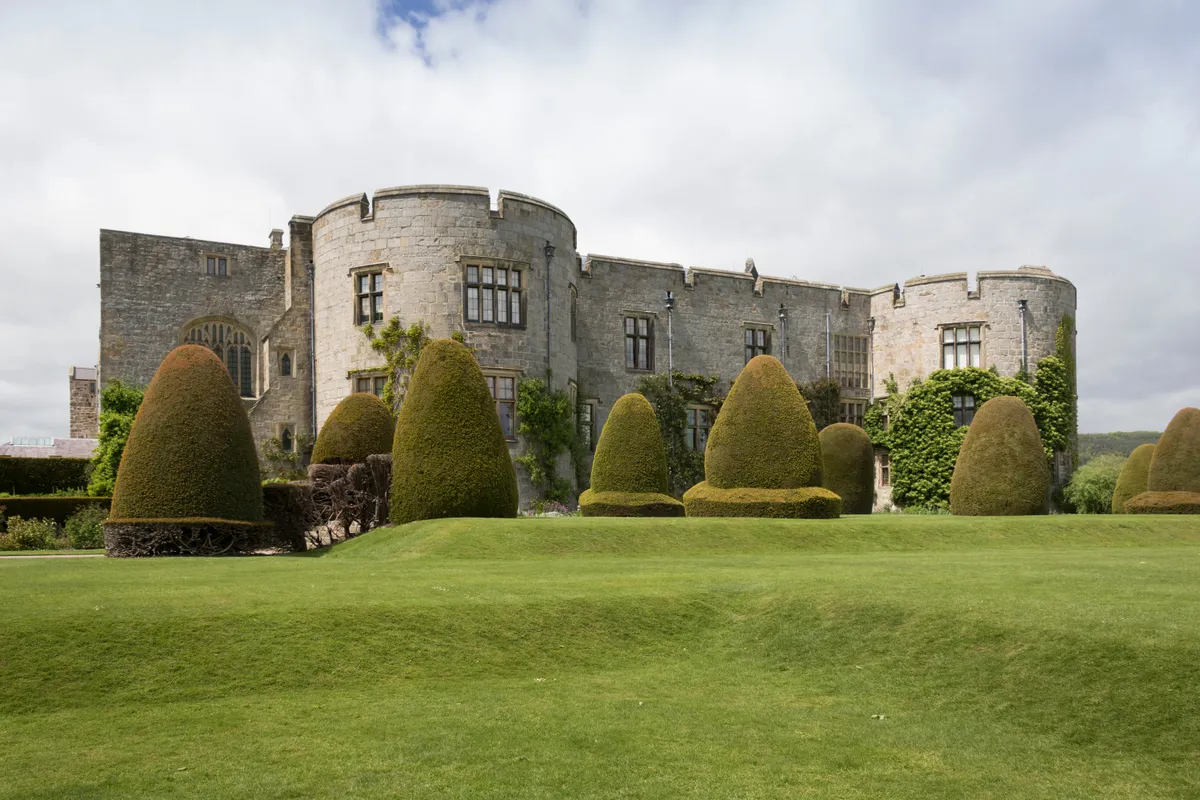
Painswick Rococo Garden, Gloucestershire
In the 1870s, John Atkins propagated a bulb here that was later named Galanthus ‘Atkinsii’ and is viewed by horticulturalists as one of the best varieties. Open daily. rococogarden.org.uk
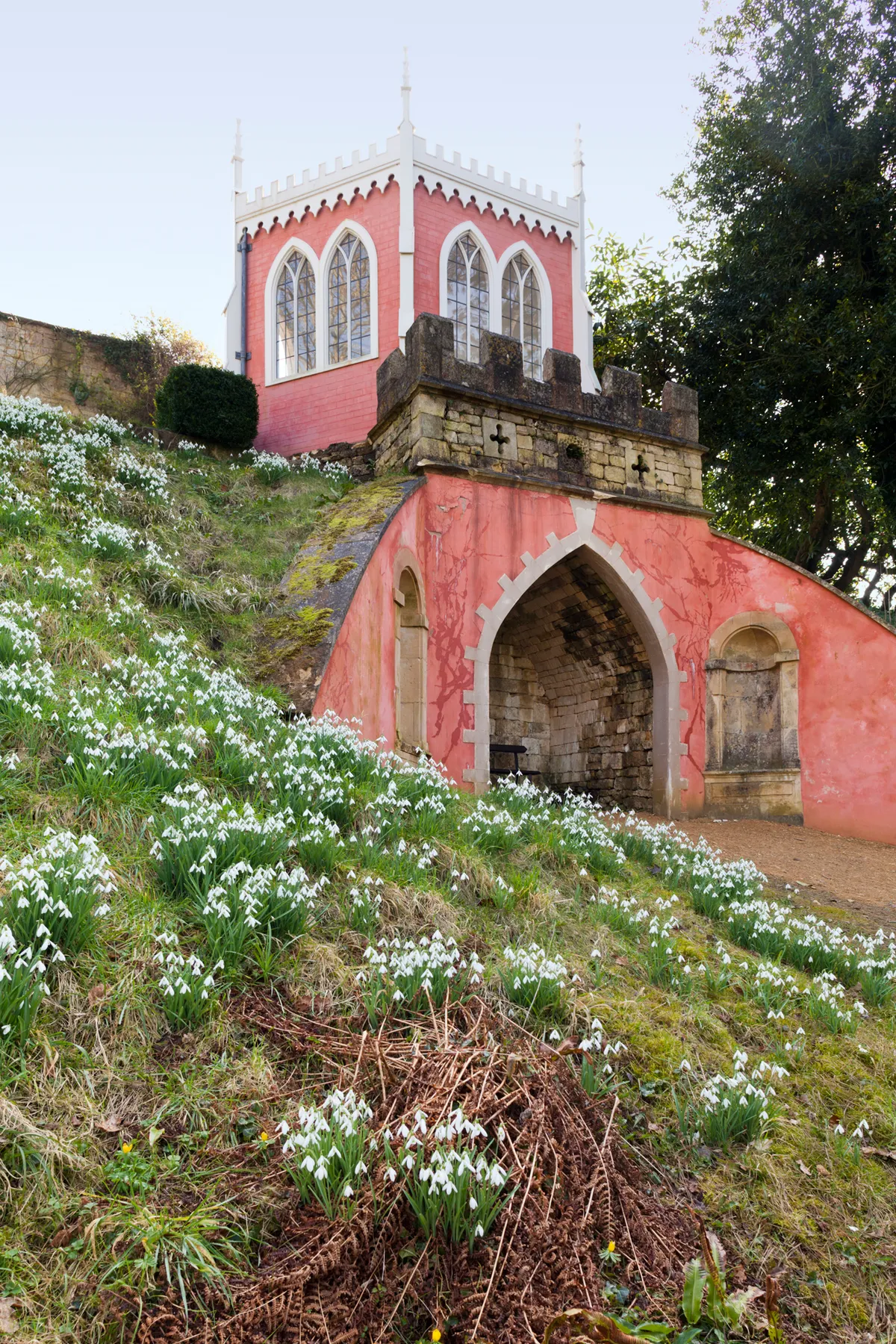
Lacock Abbey, Wiltshire
As well as snowdrops there is a great museum here that traces the history of photography. Grounds open daily. nationaltrust.org.uk
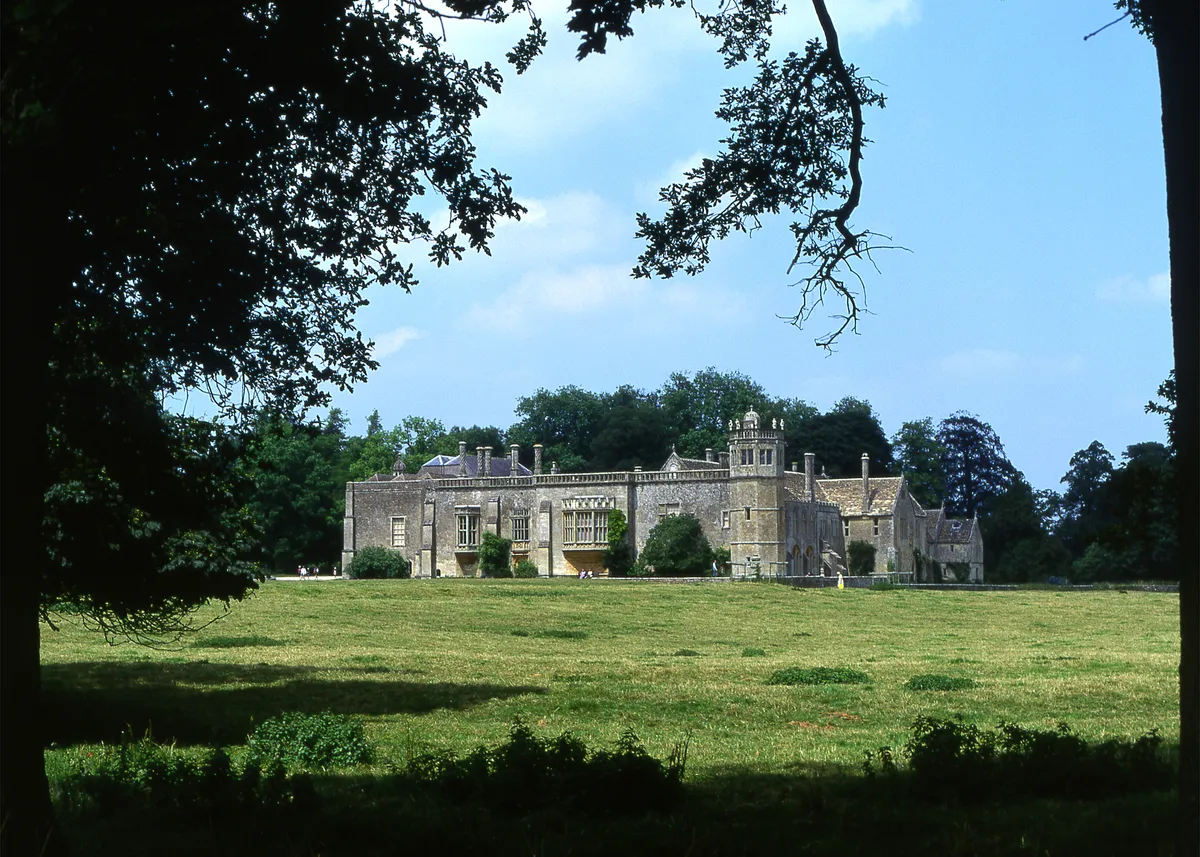
Pencarrow House, Cornwall
A pioneer among gardens as it is not only home to the first Victorian rock garden but also the first monkey puzzle tree in England. Gardens open on Snowdrop Sundays in February. pencarrow.co.uk
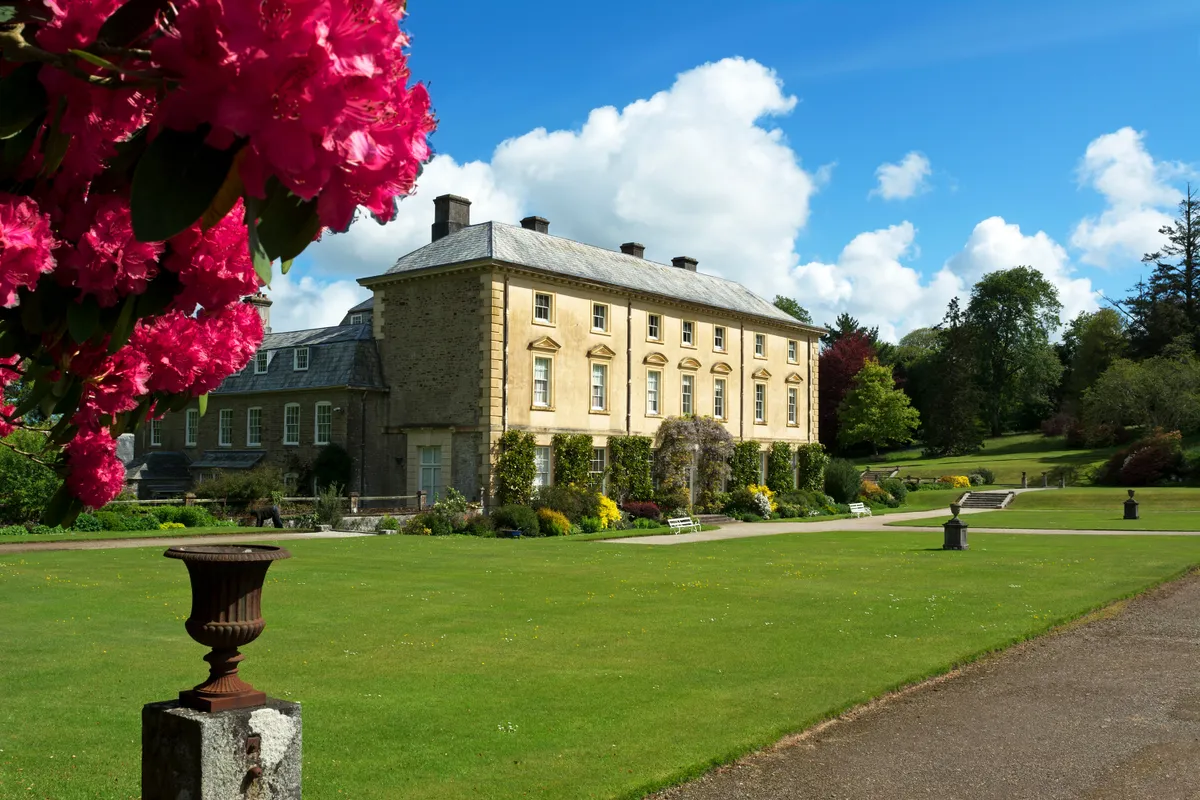
How to grow snowdrops
When to plant snowdrop bulbs
Snowdrops are best planted in spring, but dried snowdrop bulbs may be planted in October or November.
What are snowdrops 'in the green'?
Many gardeners say that planting 'snowdrops in the green' gives the best results (flourishing plants that flower the following winter).
Snowdrops 'in the green' are removed from the ground after flowering, and sold with their green leaves still attached.
When you plant them, don’t be tempted to trim the leaves off – leaving them to die down naturally will allow the goodness to be absorbed back into the bulb, feeding next year’s buds.
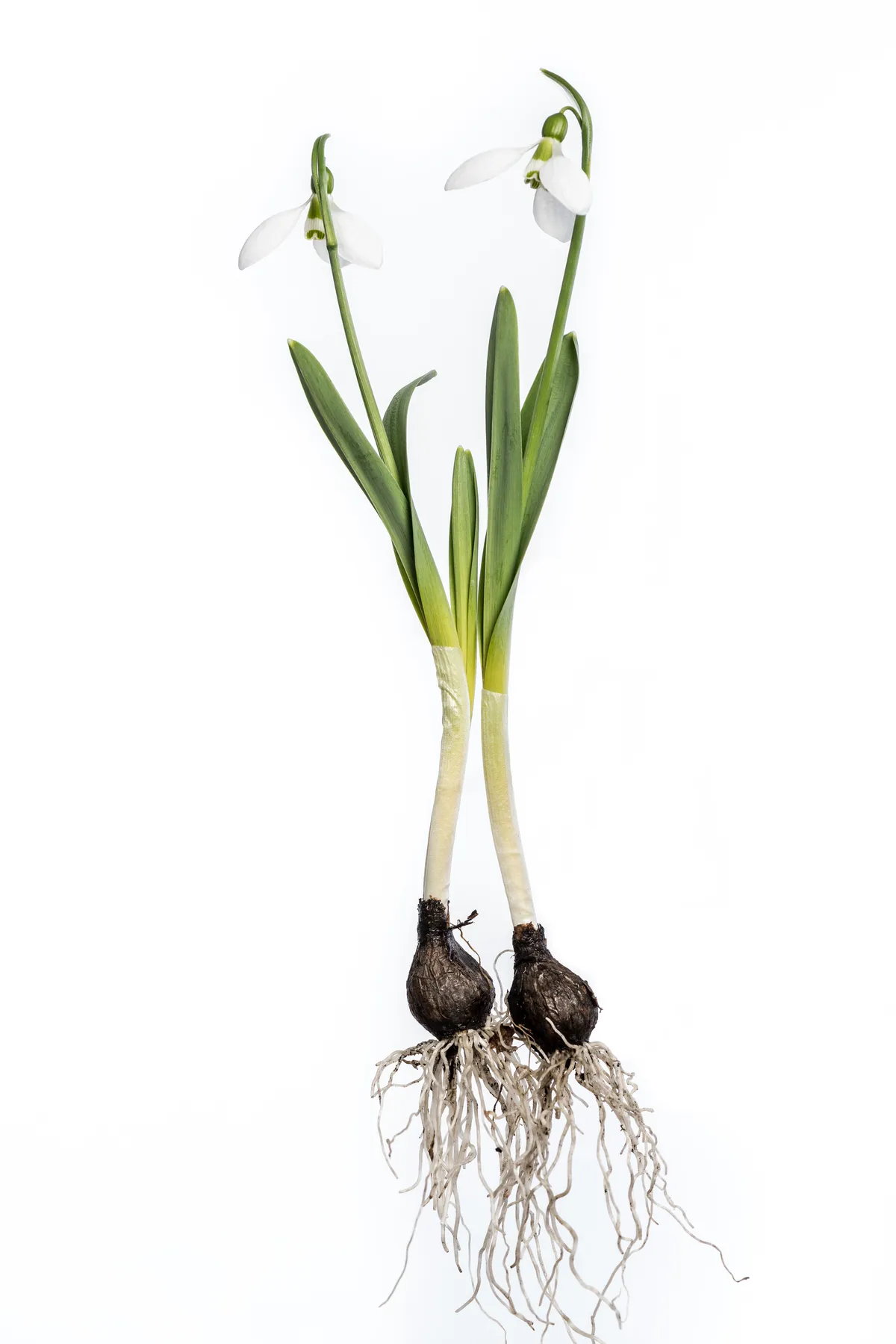
How to plant snowdrop bulbs
Dig holes 10-15cm deep and plant 6-8 bulbs in each hole. Refill the hole and ensure some leaf remains above the surface.
The best soil for snowdrops
Snowdrops are happiest in well-drained soil with light shade. If your soil is heavy use sand or grit to improve drainage. Add leafmould or compost when planting out to help retain moisture during the dry summer months.
How to divide snowdrops
When large clumps of snowdrops have become well-established they can become reluctant to flower – digging up and dividing the bulbs every few years will ensure prolific and annual flowers.
Dig deeply all around the snowdrop clump with a small garden fork, before levering it up and out. Gently tear the bulbs apart and pick off any remaining flowerheads to concentrate energy in the bulbs.
